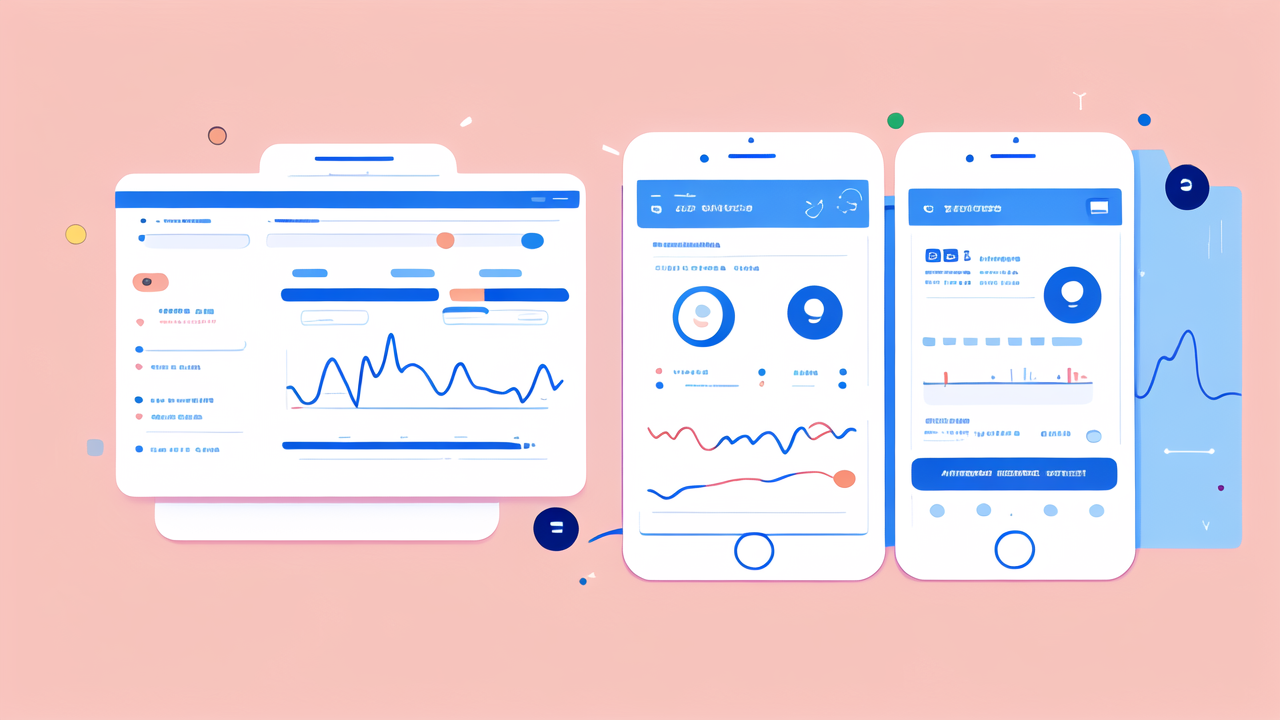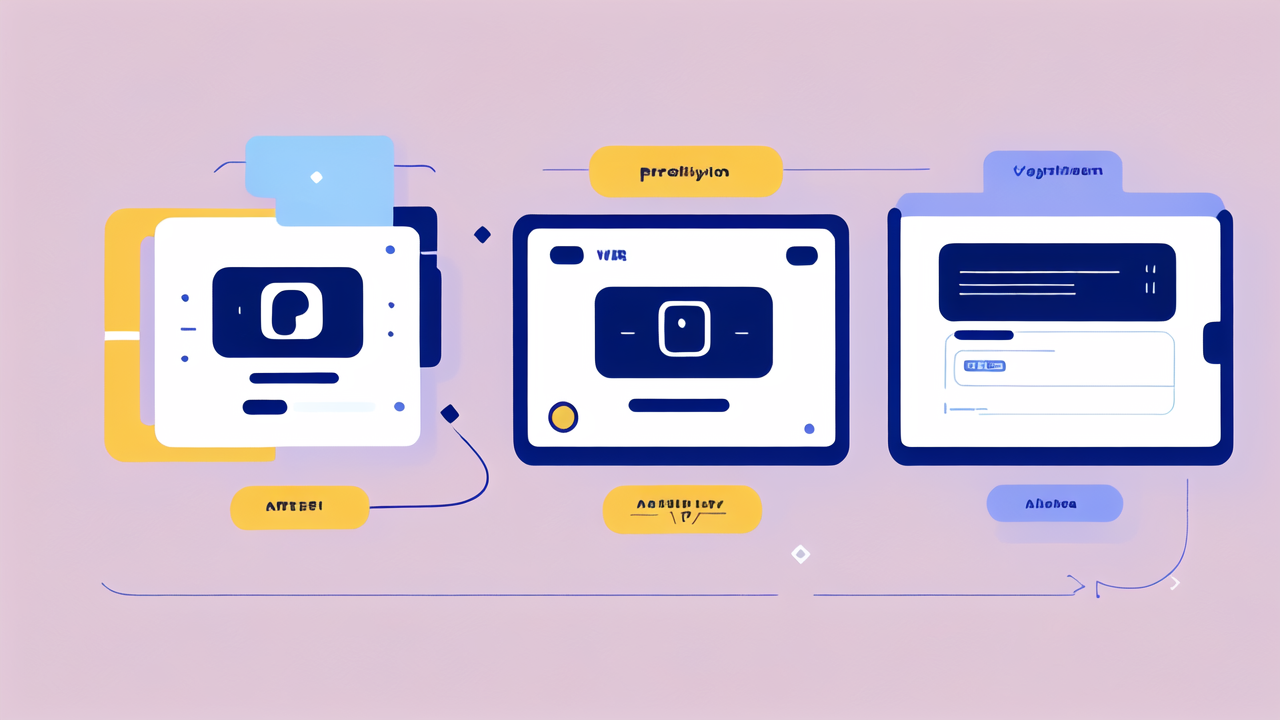The Evolution of Health Monitoring: From Fitness Trackers to Smart Watches
The Origins of Personal Health Technology
Health monitoring devices have come a long way. They started as simple pedometers. These counted steps and not much else. Then came fitness trackers. They were more advanced. They could track heart rate and sleep patterns. But they were limited. They couldn't do much beyond basic fitness tracking.

Smart watches changed everything. They combined health tracking with other features. Now, you could check your emails and track your workout. All on one device. This was a game-changer. It made health tracking more accessible. People could monitor their health without carrying extra devices.
The first smart watches were basic. They had limited battery life and few health features. But they quickly evolved. Now, they can track a wide range of health metrics. From blood oxygen levels to ECG readings. This rapid progress shows how important health tracking has become.
Advancements in Consumer Health Gadgets
Smart watches have become health powerhouses. They now offer features once found only in hospitals. For example, some can detect falls and call for help. Others can measure blood pressure or track glucose levels. These advances are making health monitoring easier and more comprehensive.
One key advancement is in sensor technology. Smartwatches now use advanced sensors. These can track multiple health metrics at once. They're also more accurate than ever. This means users get reliable data about their health. It's like having a mini health lab on your wrist.
Another big step is in data analysis. Smart watches don't just collect data. They analyze it too. They can spot patterns and trends in your health. This helps users understand their bodies better. It can even alert them to potential health issues before they become serious.
Integrating Smart Technology in Daily Life
Smart watches have become part of our daily routines. They remind us to move, breathe, and stay hydrated. They track our sleep and suggest better habits. This constant health feedback is changing how we live. It's making us more aware of our health choices.
These devices also connect with other smart tech. They can talk to your smart home devices. Your watch might adjust your thermostat based on your body temperature. Or it could order healthy groceries when you're running low. This integration makes health management seamless.
The social aspect is important too. Many smart watches let you share your health data. You can compete with friends or join online fitness communities. This adds a fun, motivating element to health tracking. It turns personal health into a shared experience.
The Impact of Smart Watches on Health Care in the United States
Enhancing Patient Outcomes with Wearable Technology
Smart watches are changing healthcare delivery. They provide doctors with real-time patient data. This helps with early detection of health issues. For example, irregular heartbeats can be caught early. This leads to faster treatment and better outcomes.

These devices also improve patient engagement. People become more involved in their health. They can see their progress and understand their bodies better. This often leads to healthier lifestyle choices. Patients are more likely to follow their treatment plans when they can track their progress.
Telemedicine has gotten a boost from smart watches. Doctors can monitor patients remotely. This is especially helpful for chronic conditions. Patients don't need to visit the hospital as often. They can get care from the comfort of their homes. This saves time and reduces healthcare costs.
The Role of Data Analysis in Health Monitoring
Smart watches generate vast amounts of health data. This data is a goldmine for healthcare professionals. It offers insights that weren't possible before. Doctors can see long-term health trends. They can spot patterns that might indicate future health problems.
Big data analytics plays a crucial role here. It can process millions of data points. This helps identify health trends across populations. It can predict disease outbreaks or spot emerging health issues. This information is valuable for public health planning.
AI and machine learning are key in this process. They can analyze data faster and more accurately than humans. They can spot subtle changes in health metrics. This helps in early diagnosis of conditions like heart disease or diabetes. It's like having a 24/7 health assistant.
Regulatory Implications for Health-Focused Smartwatches
As smart watches become more health-focused, regulations are evolving. The FDA is developing guidelines for these devices. They want to ensure the accuracy of health data. This is crucial when devices are used for medical purposes.
Privacy is a major concern. Smart watches collect sensitive health data. There are strict rules about how this data can be used and shared. Companies must protect user privacy. They need to be transparent about data collection and use.
There's also the question of liability. What if a smart watch misses a serious health issue? Or gives a false alarm? These questions are still being worked out. As smart watches become more medical, the rules will likely get stricter.
Key Considerations for Developing a Health-Focused Smartwatch
Balancing Consumer Privacy and Data Collection
Privacy is a top priority in smart watch development. Users want health tracking, but they also want data protection. Developers must find this balance. They need to collect enough data to be useful, but not invade privacy.

Encryption is key. All health data should be encrypted. This protects it from hackers and data breaches. Users should also have control over their data. They should be able to choose what to share and with whom.
Transparency is crucial. Companies must be clear about data use. Users should know exactly what data is collected and why. They should also know how it's stored and who has access to it. This builds trust and encourages adoption.
User-Friendly Design and Interface Standards
A good smart watch is easy to use. The interface should be simple and intuitive. Users shouldn't need a manual to track their health. This is especially important for older users or those with limited tech skills.
Customization is important. Different users have different needs. A runner might want easy access to fitness stats. A heart patient might prioritize ECG readings. The interface should be flexible to meet these varied needs.
Visual design matters too. Health data should be easy to read and understand. Graphs and charts should be clear. Color coding can help users quickly grasp their health status. The goal is to make complex health data accessible to everyone.
The Importance of Reliability and Accuracy in Health Metrics
Accuracy is crucial in health-focused smart watches. Users rely on this data to make health decisions. Inaccurate data could lead to unnecessary worry or missed health issues. Developers must prioritize sensor accuracy and data reliability.
Regular calibration is important. Sensors can drift over time. Smart watches should have built-in calibration features. They should also remind users to calibrate regularly. This ensures ongoing accuracy.
Verification is key. Health data from smart watches should be verifiable. It should match readings from medical-grade devices. This builds trust in the technology. It also makes the data more useful for healthcare professionals.
In conclusion, smart watches are transforming personal health tracking. They offer unprecedented insights into our daily health. As technology advances, these devices will become even more integral to healthcare. The future of personal health monitoring is on our wrists.




Leave a comment
This site is protected by hCaptcha and the hCaptcha Privacy Policy and Terms of Service apply.